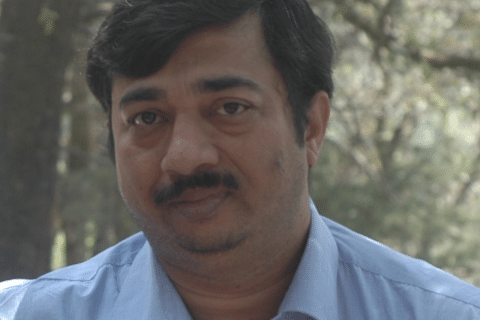
Professor Amitabha Bandyopadhyay
Indian Institute of Technology Kanpur
- 13:30
- Monash University Clayton Campus, G19 Ground Floor 15 Innovation Walk
- Australian Regenerative Medicine Institute
Abstract
All the bones of the limb skeleton started out as cartilage. During early embryonic development the limb skeleton is entirely composed of cartilage and is made up of just one element. Later during development it is segmented. Cartilage on either side of the plane of segmentation remains as cartilage forever (joint or permanent cartilage) whereas the rest of the cartilage is replaced by bone through a process referred to as “endochondral ossification”. The cartilage
that is replaced by bone is referred to as transient cartilage, for its transient existence. The transition from early cartilage to transient cartilage to bone, goes through several well defined cellular and molecular landmarks.
First, the chondrocytes start to express Indian Hedgehog (Ihh) protein and are referred to as pre-hypertrophic, then these cells become hypertrophic and express type X collagen (ColX) protein. Next, the hypertrophic cartilage becomes angiogenic and blood vessels invade it. Eventually, the cartilage is replaced by bone which expresses type I collagen.
In contrast, permanent or joint cartilage does not undergo any of these changes. Earlier, we uncovered the molecular mechanism underlying the simultaneous development of permanent and transient cartilage next to each other with a sharp boundary in between. We also uncovered the role of mechanical stimulation in maintenance of embryonic joint/permanent cartilage. I will first present a summary of these studies as a background to understanding osteoarthritis from the vantage point of a developmental biologist.
During osteoarthritis (OA), the adult permanent cartilage undergoes all the transitions characteristic of transient cartilage differentiation i.e. it undergoes hypertrophy, expresses Ihh and Col X; undergoes angiogenesis and eventually bone formation. All these facts have been known for more than two decades now. In fact, diagnosis of OA is made by detecting the presence of bone spicules in the joint cartilage. The striking similarity between the pathogenesis of OA and the process of endochondral ossification prompted us to hypothesize that osteoarthritis is nothing but adult onset transdifferentiation of permanent cartilage to transient cartilage, eventually leading to bone formation.
We have developed several animal models to test this hypothesis. I will discuss the data recently generated in my laboratory which supports our hypothesis.
